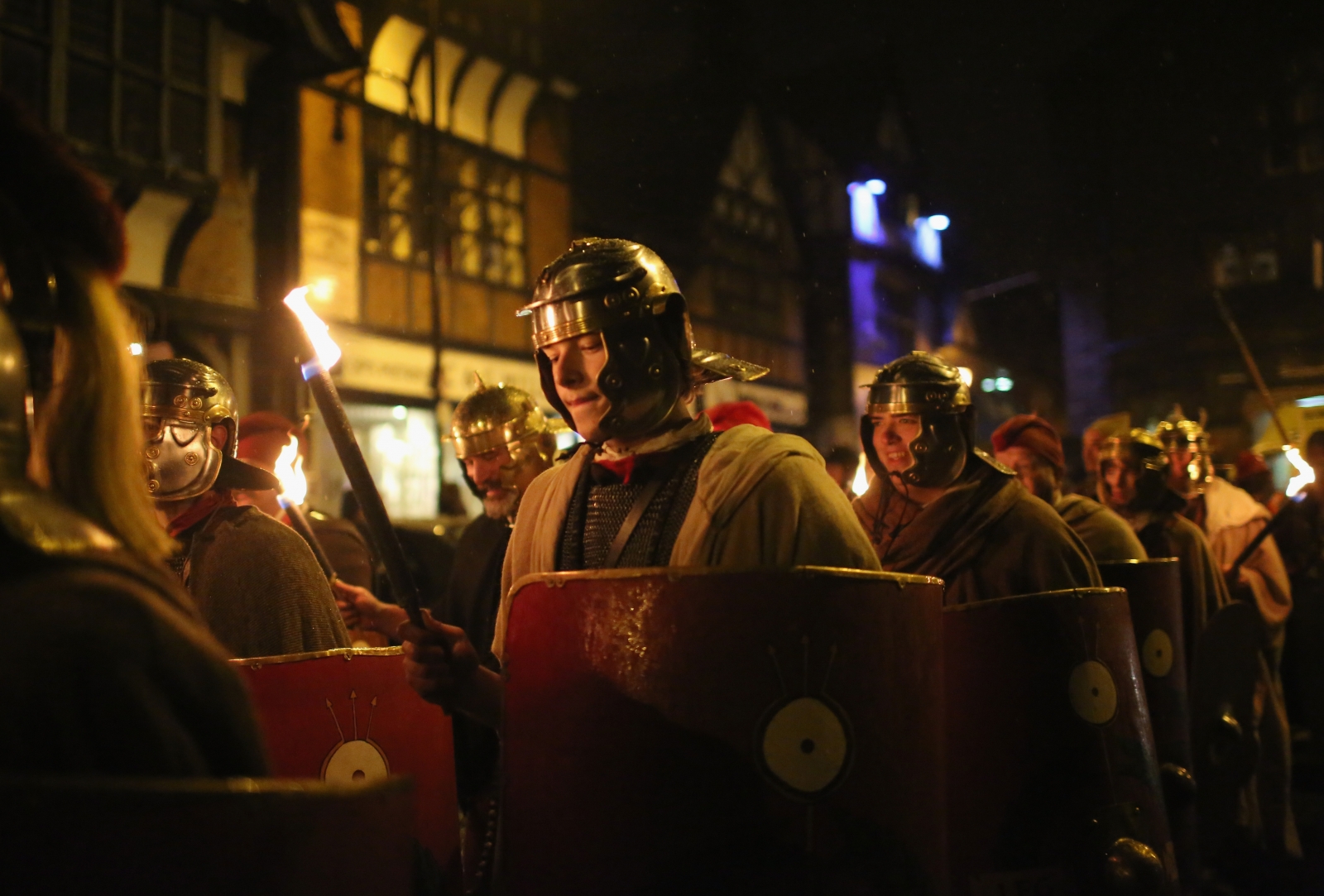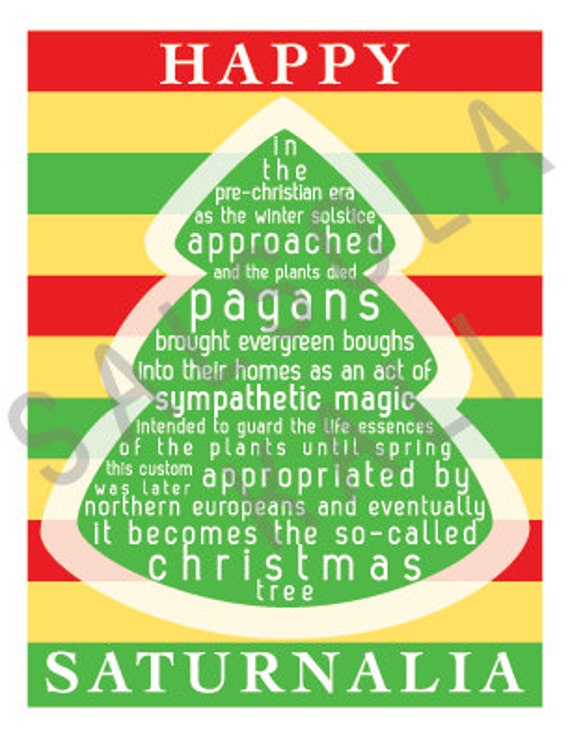

For those few days in mid-winter, anyone could gamble: children and slaves included. In first century Rome, gambling was illegal. There was also music, dancing and pantomime (though not our kind of pantomime). During the Saturnalia, children were allowed into the amphitheatre. Most masters probably just left the slaves to themselves, like Pliny the Younger, who retreated to an annex of his seaside Laurentum Villa and let his slaves get on with carousing. In theory the masters would wait on reclining slaves and the slaves could tell the masters what they thought of them.

They could eat, drink and be merry, and some even switched places with their masters, especially in more relaxed homes. CELEBRATION (and role reversal, too.) For the five days of the Saturnalia, slaves didn't have to work. Mulled wine, anyone?įrom the BBC adaptation The Trials of Flavia For most of the year Romans drank diluted wine, but during the Saturnalia they often drank neat wine, heated and spiced. It has been medically proven that a small amount of wine added to water will kill off most known bacteria. The Romans were no different from us in this respect. In mid-winter, instinct tells us to build up a nice layer of fat, to feast in preparation for lean times ahead, like bears before they hibernate. Torches, tapers, candleabra and oil-lamps flickered in the houses of those who could afford them. Again, this was a primitive attempt to coax back the sun.

LIGHTS - Romans also decorated their houses with extra lights at this darkest time of the year. Nubia and Flavia solve a mystery by lamplight That’s certainly where our custom of Christmas wreaths and mistletoe come from.

This was a common act of sympathetic magic used in many so-called 'pagan' societies. GREENERY - Around mid-winter, the Romans decorated their houses with greenery. It wasn’t until about AD 400 that church leaders decided to celebrate the birth of Jesus on this day, possibly in an attempt to overlay and obliterate these 'pagan' holidays. BIRTH OF A GOD - Some scholars believe that the Persian god Mithras and/or the Roman god Sol Invictus had birthday celebrations on the winter solstice which fell on 25 December in the Roman calendar. And some Romans celebrated the birth of a new god from the Middle East at this time. The Saturnalia was essentially a pagan festival to bring back the sun. WINTER SOLSTICE - The Saturnalia began on December 17, a few days before the winter solstice. When I visit schools to talk about my Roman Mysteries, I often share the following dozen aspects of the Saturnalia which make children realise that Christmas has plenty of non-Christian aspects: It was the custom to greet one another with the phrase Io Saturnalia! ( Yo Saturnalia?) One of my Roman Mysteries, The Twelve Tasks of Flavia Gemina, was set during the mid-winter festival and I'm currently working on another one for my new Roman Mystery Scroll series, provisionally titled The Thunder Omen. A sacrifice of piglets was made to the god Saturn along with other rites, and there followed several days of feasting and fun. The Saturnalia was one of the most popular festivals in Ancient Rome, possibly going back to Etruscan times. What do Christmas crackers, mulled wine, Santa hats, office parties, presents, candles, pine trees and mistletoe have to do with ancient Rome? Caroline wearing a pilleum for a Saturnalia talk


 0 kommentar(er)
0 kommentar(er)
